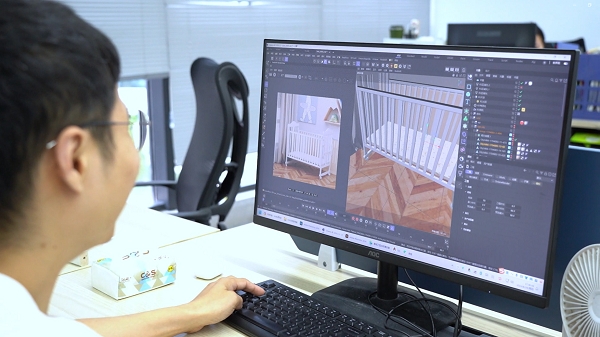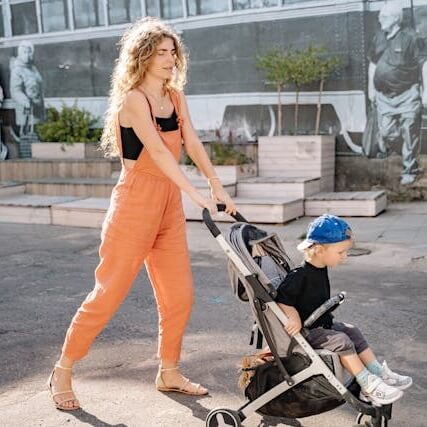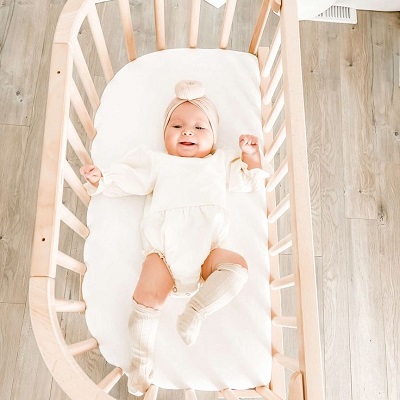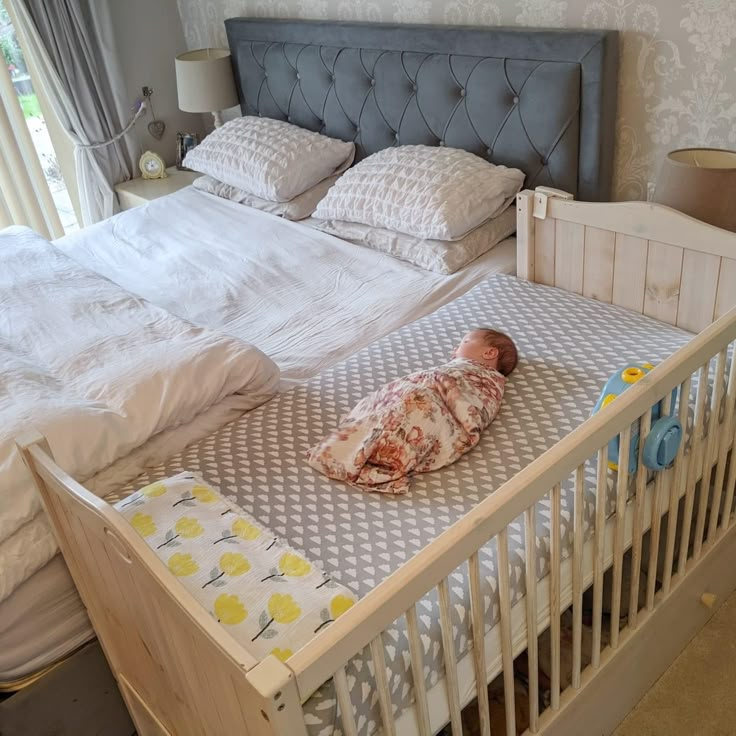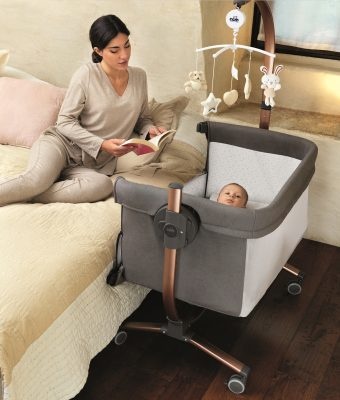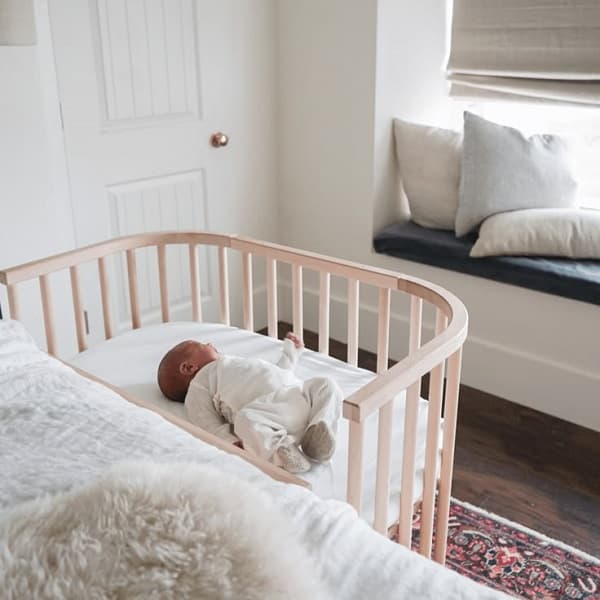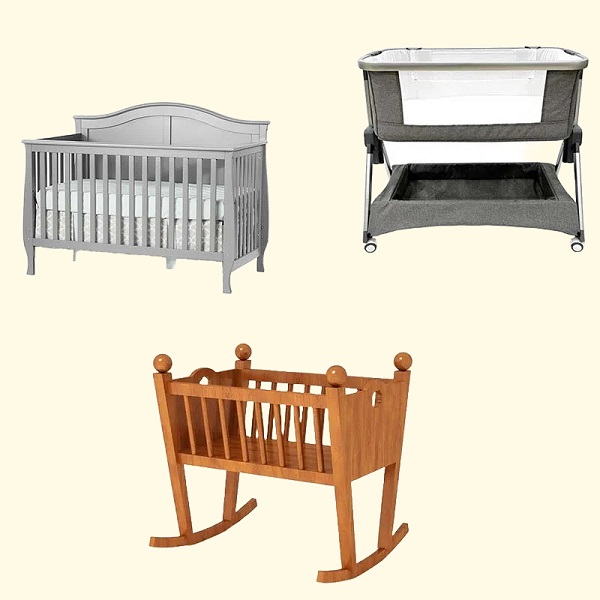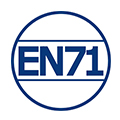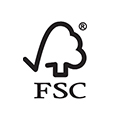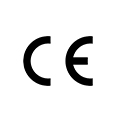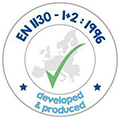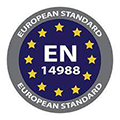Choosing an ideal baby stroller that combines safety and style is an important decision for any parent. An excellent stroller provides convenience and ease of mobility and gives parents peace of mind about their child’s safety and comfort.
Menurut National Institute of Health report, about 64,373 stroller-related injuries occur yearly. These events frequently involve falls, tip-overs, and entrapment, emphasizing the significance of understanding stroller safety regulations.
This article will discuss the most important aspects of stroller safety and best practices. We’ll also examine stroller safety regulations, common risks, and practical suggestions for securely managing your stroller so your children may enjoy their strolls safely.
Understanding Stroller Safety Standards
Consumer Product Safety Commission (CPSC)
In the United States, the CPSC develops and enforces mandated safety standards for latching mechanisms, wheel durability, and restraint systems. The CPSC’s guideline website for carriages and strollers includes a list of product requirements. For example, strollers should:
- Have latching and locking systems to avoid inadvertent collapse.
- Stay stable to prevent tip-overs.
- Not have small parts.
- Be labeled to address traps and falls
American Society for Testing and Materials (ASTM International)
ASTM creates standards in partnership with industry experts, manufacturers, and consumer advocacy organizations. The ASTM F833 standard specifies standards for stability, folding mechanisms, harness systems, and labeling. All strollers sold in the United States must meet this obligatory federal safety standard.
This standard’s particular requirements are Strollers must contain:
- Latching and locking devices prevent unintended folding or collapse.
- Openings to avoid finger trapping.
- Frame folding hinges and canopy hinges to avoid scissoring, shearing, and pinching.
European Committee for Standardization (CEN)
In Europe, CEN’s EN 1888 standard specifies stroller safety standards, including as tipping resistance, structural integrity, and locking systems. Testing baby strollers to EN 1888 is the preferred method for demonstrating compliance with the Wheeled Child Conveyances (Safety) Regulations 1997.
The standard addresses a wide range of dangers and hazards, including chemical, thermal, mechanical, asphyxia, entanglement, and choking/ingestion. It also includes tests on the stroller’s durability using a rolling road.
Canada Consumer Product Safety Act (CCPSA)
Health Canada enforces the CCPSA, which applies to a wide range of consumer products, including strollers. The law focuses on ensuring that products are not harmful to children and that manufacturers are held to safety standards. The requirements of the standard closely mirror those of the US CPSC regulations, but there are some specific changes to suit Canadian circumstances:
- Materials must be durable and non-toxic.
- Restraint systems are adequately tested.
- Warning labels indicate potential hazards.
- Detailed testing for stability and safety.
- Folding mechanisms are checked to prevent pinch hazards.
International Organization for Standardization (ISO)
Itu ISO 31110 standard, titled Wheeled child conveyances – Pushchairs and prams – Requirements and test methods, offers internationally recognized best practices for stroller safety. This standard specifies the requirements and test methods for performance testing of strollers to ensure that strollers are safe and reliable.
Other organizations, like as the American Academy of Pediatrics (AAP), offer stroller use recommendations. They underline the need to use strollers with secure harness systems, effective brake mechanisms, and robust structures. The American Academy of Pediatrics (AAP) is instrumental in promoting stroller safety regulations to protect young children.
Key Stroller Safety Features to Look for
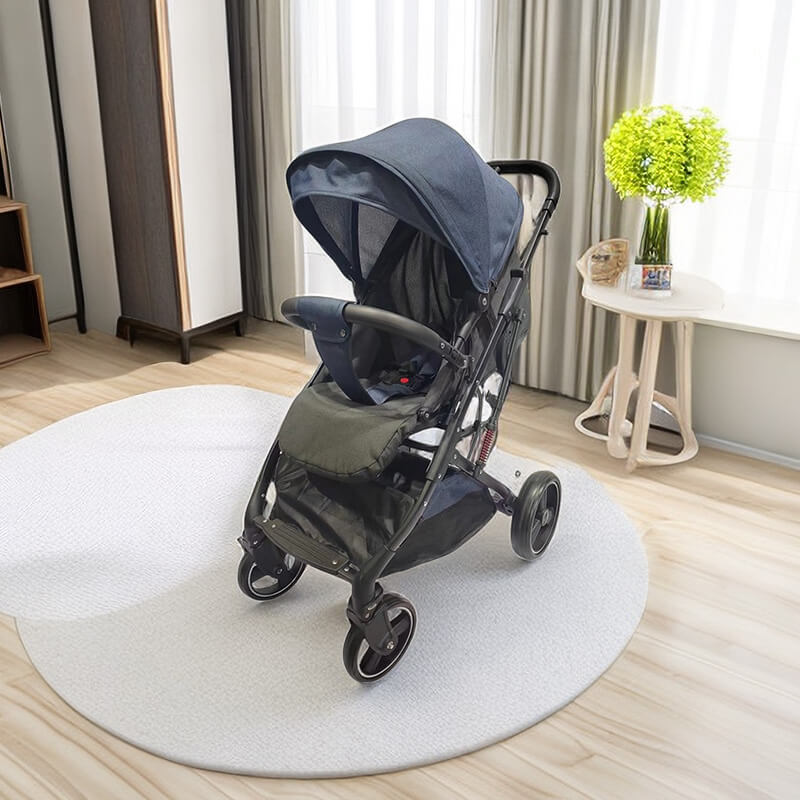
Five-Point Harness System
This is the gold standard in stroller safety harnesses. A 5-point harness entails five connection points that are intended to restrain your child at the shoulders and hips, the stiffest areas of their body.
It has been designed to boost safety in the event of an automobile accident by transferring the forces of the impact to these stiff parts of the body and the seat.
The harness straps should be adjustable so that your kid can grow comfortably. A snug but not too tight fit is essential for maximum safety.
Braking System
The braking system of a Baby Stroller Travel System is an important safety component that keeps the stroller securely in place while stationary. Different strollers may use varied braking methods.
Most strollers include either a single-action brake, which engages with a single-foot push and locks both rear wheels with one press, or double-locking brakes, which require you to engage each wheel separately. Double-locking systems provide increased safety since they are less prone to disengage accidentally.
Stability and Structure
Look for a stroller with a sturdy, well-built frame. A larger wheelbase improves stability and prevents the stroller from tipping over. This is especially necessary for strollers with higher seats or multiple toddlers.
Parents should search for strollers that have a low center of gravity and reinforced frames to ensure stability. Furthermore, confirming that the stroller satisfies safety regulations can provide additional confidence in its steadiness.
Wheels and Maneuverability
The ease with which a stroller is pushed and controlled is determined by its wheels. Swiveling wheels are quite handy for navigating crowded locations, whereas lockable wheels provide greater stability for jogging strollers.
Look for wheel locks or swivels that can be firmly engaged, and consider the wheel size if you intend to use the stroller on tough or uneven terrain.
Safety Hinges and Locks
Safety hinges and locks are vital for protecting your child’s fingers from pinch points, particularly when folding or unfolding. They ensure that the stroller’s construction is solid while in use, preventing sudden collapses or unexpected movement.
Look for strollers with obvious lock indicators and sturdy hinges that automatically engage when the stroller is fully opened. Check these mechanisms on a regular basis to ensure that they have not loosened.
Common Hazards and How to Avoid Them
Tip-Over Risks
One of the most prevalent stroller incidents is tip-overs, which are generally caused by improper weight distribution. This can happen if heavy bags are hung on the handlebars if a youngster switches weight abruptly, or if the surface is uneven.
To avoid these risks, parents should always use the stroller on flat, firm terrain. To avoid overloading the stroller with baggage, always place heavier bags in the allocated basket rather than hanging them.
Finger Entrapment
Folding and unfolding your stroller might occasionally result in pinch points that trap small fingers. To reduce this risk, search for strollers with child-safe folding mechanics and locking indicators that display when the frame is securely in place.
Familiarizing yourself with the stroller’s folding mechanism and keeping youngsters at a safe distance will also help prevent injuries.
Faulty Brakes
Sometimes when the strollers’ brakes are locked, they may not hold or function properly, allowing the strollers to roll and potentially injuring a baby in the stroller. Parents should frequently inspect the brakes for operation and verify that they engage and disengage smoothly.
If you detect any sluggishness or impaired responsiveness, contact the manufacturer or a trained repair expert right away to diagnose and resolve the problem.
Best Practices for Stroller Use

Proper Use of Restraints
The most prevalent cause of stroller injuries is a youngster falling out of the stroller. To avoid this, always strap your youngster into the harness or seatbelt, even on short rides. The 5-point harness, which secures the baby should be worn at all times.
A snug but not overly tight fit is required for best safety. Regularly checking the harness for wear and tear is also important, as damaged straps can compromise safety.
Avoiding Overloading the Stroller
It might be tempting to place a diaper bag or purse on the handlebars for easier access, but this alters the stroller’s center of gravity and raises tipping dangers.
Use the specified storage basket and avoid placing too much weight on the handles. Distribute the weight evenly to keep your stroller balanced. Remember to also stick to the weight restrictions listed in the user manual.
Parking Safely
When coming to a halt, especially on a hill or uneven ground, instantly apply the brakes. To increase safety, position the stroller perpendicular to the slope, decreasing the possibility of it rolling away if the brakes fail or are accidentally released.
Parents should also be aware of their surroundings, avoiding locations with high foot activity that could result in unintended bumps.
Routine Brake Maintenance and Test
Parents should do frequent checks to verify that the brakes are responsive and working. Over time, dirt and debris can build up around the wheel hubs and braking components. Make a habit of cleaning and testing your brakes on a regular basis. Listen for grinding or squeaking sounds, which could indicate worn parts.
Lubricate moving components according to the manufacturer’s directions, or visit a professional if you notice a decline in brake performance.
Supervise Your Child
It is dangerous to leave a youngster unattended in a stroller for even a short period of time. Babies and toddlers are inclined to explore and may attempt to get out of the stroller or reach for something close, increasing the risk of falling.
It is critical to pay constant attention to your child when they are in the stroller, especially if the stroller is moving.
How to Choose a Safe Stroller?
Understanding Your Needs: City vs. Jogging Strollers
When selecting a stroller, you should examine your daily activities as well as the location of your home. This is because the weather and terrain of your surroundings will eventually affect your baby’s comfort level.
Here’s how to narrow your search and choose a stroller that matches your family’s specific needs without compromising safety.
City strollers: They are often lightweight and small, making them ideal for navigating packed sidewalks and public transportation. Look for strollers that have simple folding mechanisms and lockable swivel wheels for traversing tight places.
Kereta Dorong Joging: These models often have large air-filled tires with additional suspension and controls (such as a handbrake) to help with downhills, making them ideal for exercises. The front wheel might be lockable to provide more stability at higher speeds. Choose a jogging stroller that satisfies ASTM or other applicable safety standards and has a wrist strap to avoid runaway occurrences.
If you are an active parent who likes to jog, walk, or hike with your baby, then remember not to use a regular stroller instead of a jogging stroller, otherwise, it will affect the safety of your baby and the durability of the stroller.
Choosing to buy a jogging stroller can not only meet the needs of your active lifestyle and outdoor adventures, but also keep you stable during the journey and safely handle bumpy trails or gravel roads.
Reviewing Product Labels and Certifications
These marks denote conformance to the applicable safety requirements. Strollers that satisfy the above-mentioned standards, such as CPSC compliance, ASTM F833, or EN 1888, have been thoroughly tested to guarantee they meet specified safety requirements.
Look for regulatory markings to guarantee that you buy a stroller that prioritizes your child’s safety through confirmed compliance.
What to Do in Case of a Stroller Recall?
Despite strict standards, stroller recalls occur due to manufacturing faults or safety concerns. Staying informed and understanding what to do will help safeguard your child from mishaps.
How to Identify Stroller Recalls.
Keep an eye out for notices from the Consumer Product Safety Commission (CPSC) and other relevant regulatory organizations. You can also register your stroller with the manufacturer to get current updates on prospective recalls.
The models in question are easily identified by examining the model number on the label on the inside of one of the rear legs. If your product’s model number does not appear on the list above, it is not affected by the recall.
What to Do if Your Stroller is Recalled
If you own or are using a recalled product, you should stop using it immediately and follow the manufacturer’s or CPSC’s instructions. Even if you don’t believe the product is unsafe, you should always err on the side of caution. In most circumstances, you must contact the manufacturer and return the product for reimbursement or exchange.
Kesimpulan
Stroller safety is an ongoing commitment, one that starts before purchase and extends throughout the entire life of the product. In a world where products come in countless shapes, sizes, and specifications, an informed parent holds the most powerful tool of all: knowledge. By choosing high-quality strollers, parents and caregivers can significantly lower risks.
Clafbebe adalah manufacturer and supplier of strollers that adhere to the highest international safety standards. Its products have obtained multiple quality and safety certifications, aiming to give parents and children an unimaginably safe travel experience.
If you need wholesale baby stroller products or get information about cooperation opportunities, please contact Clafbebe.
Artikel Terkait yang Direkomendasikan:
- Memahami Berbagai Jenis Kereta Dorong
- 15 Produsen Stroller Teratas Tahun 2025
- Kapan Bayi Boleh Duduk di Kereta Dorong?
- Bagaimana Memilih Kereta Dorong Bayi?
- Kereta Dorong Bayi Vs Kereta Dorong Bayi: Apa Bedanya?
- Kapan Anak Berhenti Menggunakan Kereta Dorong?
- Kereta Dorong Jenis Apa yang Dapat Saya Bawa di Pesawat?

